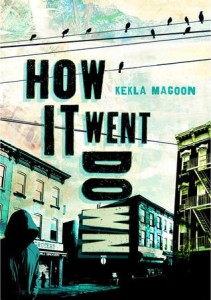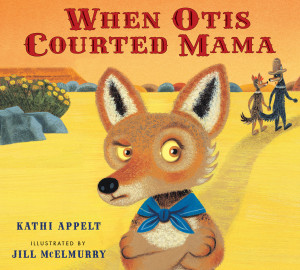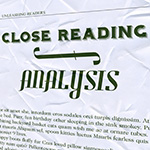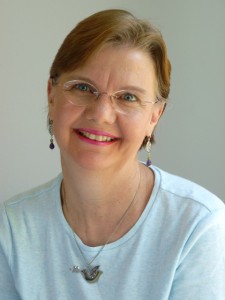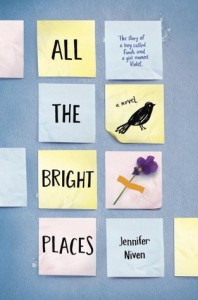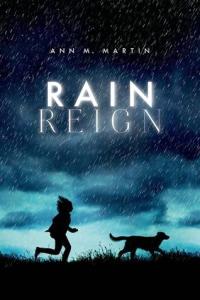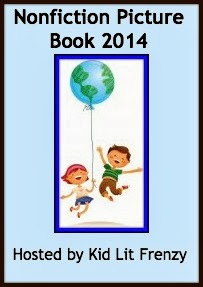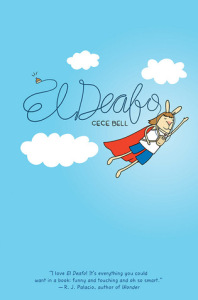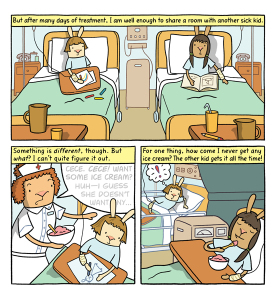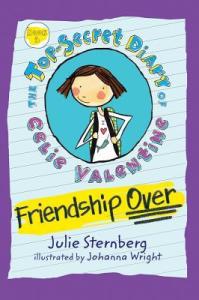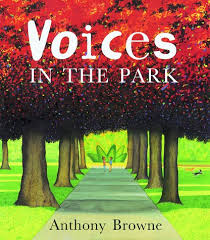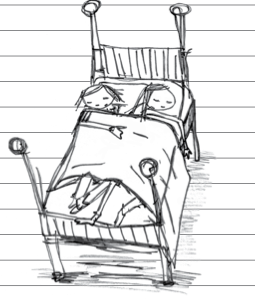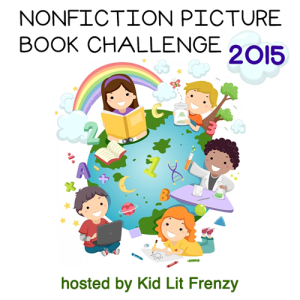
Nonfiction Picture Book Wednesday is hosted by Kid Lit Frenzy and was started to help promote the reading of nonfiction texts. Most Wednesdays, we will be participating and will review a nonfiction text (though it may not always be a picture book).
Be sure to visit Kid Lit Frenzy and see what other nonfiction books are shared this week!
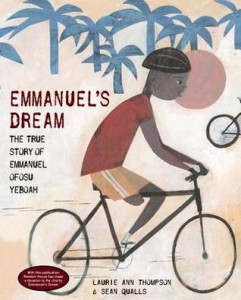
Emmanuel’s Dream: The True Story of Emmanuel Ofosu Yeboah
Author: Laurie Ann Thompson
Illustrator: Sean Qualls
Published January 6th, 2015 by Schwartz & Wade
Goodreads Summary: Emmanuel Ofosu Yeboah’s inspiring true story—which was turned into a film, Emmanuel’s Gift, narrated by Oprah Winfrey—is nothing short of remarkable.
Born in Ghana, West Africa, with one deformed leg, he was dismissed by most people—but not by his mother, who taught him to reach for his dreams. As a boy, Emmanuel hopped to school more than two miles each way, learned to play soccer, left home at age thirteen to provide for his family, and, eventually, became a cyclist. He rode an astonishing four hundred miles across Ghana in 2001, spreading his powerful message: disability is not inability. Today, Emmanuel continues to work on behalf of the disabled.
Thompson’s lyrical prose and Qualls’s bold collage illustrations offer a powerful celebration of triumphing over adversity.
Includes an author’s note with more information about Emmanuel’s charity.

Author’s Bio: Laurie Ann Thompson is the author of Be a Changemaker: How to Start Something That Matters, a how-to guide for teens who want to change the world. An advocate for social justice, Laurie is dedicated to inspiring and empowering young readers. Emmanuel’s Dream is her picture-book debut. Visit her at lauriethompson.com.

Kellee’s Review and Teachers’ Tools for Navigation: Emmanuel is inspiring. It is no wonder that Laurie Ann Thompson wrote this story: Emmanuel is truly a changemaker. What gets me about Emmanuel’s story is that he never gives up even when faced with challenges that most of us would crumble under. He proves that kids can make a tremendous difference and that we should be strong in the face of hardships.
Laurie Ann Thompson and Sean Qualls did an amazing job on this text. The story is perfectly paced and truly takes readers on Emmanuel’s journey with him. Additionally, the illustrations are pieces of artwork. I think mixed media was the perfect form for the story.
Please read this story to your students. Talk about Emmanuel, talk about the theme of his story, talk about how he changed the world, and talk about how anyone can do the same.
Ricki’s Review and Teachers’ Tools for Navigation: As Kellee said, this is an inspirational story about a boy who refuses to be overcome by his disability. Others tell him he should just become a beggar, but he is determined to be the best he can be. The illustrations are absolutely beautiful, and the story flows well. Students will find hope and strength in Emmanuel’s strong, resilient spirit.
There aren’t enough books about disabilities in classrooms, and this frustrates me as a teacher. Frankly, there aren’t enough books being published about disabilities–both physical and mental. After reading this book, students could be encouraged to research about different individuals who have been strong in the face of disability. Then, as students share these stories with the class, students will learn lessons of bravery and resilience.
A CCSS-aligned curriculum guide is available at http://www.scribd.com/doc/251881365/Emmanuel-s-Dream-Curriculum-Guide#scribd
Discussion Questions: What adjectives would describe Emmanuel?; How has Emmanuel changed life for himself and other people with disabilities in Ghana or worldwide?; How does Emmanuel show strength—both physically and emotionally? Can you relate him to anyone in your life?
We Flagged: “…He would honor them by showing everyone that being disabled does not mean being unable. It was a big dream, but Emmanuel had a plan.”
Read This If You Loved: Be a Changemaker by Laurie Ann Thompson, A Long Walk to Water by Linda Sue Park, So Long a Letter by Mariama Ba, The Queen of Water by Laura Resau, Now is the Time for Running by Michael Williams, Soccer Star by Mina Javaherbin, Mama Miti by Donna Jo Napoli
Recommended For:



Author Guest Post
At the very end of Emmanuel’s Dream, you’ll find this quote:
“In this world, we are not perfect. We can only do our best.” –Emmanuel Ofosu Yeboah
I chose to include that quote from Emmanuel because I think it exemplifies Emmanuel’s attitude toward life, but also because it was an important lesson for me to learn in my life… and it’s one I still need to be reminded of sometimes.
When I was a child, I was a perfectionist. I would never raise my hand in class. I always chose comfortable options over more challenging ones. I lived in constant fear of making a mistake—any mistake, in any area of my life. Of course, I still made them, and each one haunted me.
After college I got a job as a software engineer. In programming, I soon discovered, there’s no such thing as perfect. Every decision comes with a trade-off: better performance vs. flashy bells-and-whistles, a sooner delivery date vs. adding more features, a clean and simple design vs. a complex and robust one, cross-platform portability vs. the benefits of customization. You learn to do the best you can for the user in the time you have available. And, always, you know there will be bugs.
When I got involved in entrepreneurship, imperfection still ruled. Most startups fail, and successful entrepreneurs accept that, preparing themselves mentally (and financially) to try and try again until they find something that sticks. Even then, they’re often forced to make decisions quickly without having all the relevant information but knowing that to wait would also risk failure.
And now, with writing, perfection is just as hard to come by. Deadlines can cause us to put things out before we’re ready. Even without the pressure of a deadline, knowing when something is good enough to take to the next level is a guessing game. And what’s “good,” anyway? Despite years of working on them and dozens—if not hundreds—of revisions, copyedits, and proofs, there are still things I wish I could go back and change about each of my published books. I love them, but they can never be perfect.
What all of this has taught me is that it’s far better to do something and fail than to do nothing at all just because you were too worried about making a mistake. Worrying never does anyone any good, and the stress from it can actually harm you. But when you DO something, you learn, whether you succeed or not. You move forward, and you help everyone else following along behind. It’s not about perfection: it’s about progress.
I hope readers of Emmanuel’s Dream (and readers of this blog post!) will be inspired to follow their own dreams, that they’ll accept that they’re not perfect but resolve to do their best anyway. Maybe just doing our best is—in its own way—the very perfection we are seeking.
Follow all the stops on Laurie’s blog tour!
|
Mon, Jan 12
|
Great Kid Books
|
|
|
Tues, Jan 13
|
5 Minutes for Books
|
|
|
Wed, Jan 14
|
Unleashing Readers
|
|
|
Thurs, Jan 15
|
Sharpread
|
|
|
Fri, Jan 16
|
Cracking the Cover
|
|
|
Sat, Jan 17
|
Booking Mama
|
|
|
Mon, Jan 19 (MLK Jr bday)
|
Once Upon a Story
|
|
|
Tues, Jan 20
|
Proseandkahn
|
|
|
Wed, Jan 21
|
Geo Librarian
|
|
|
Thurs, Jan 22
|
Nonfiction Detectives
|
|
|
Fri, Jan 23
|
The Fourth Musketeer
|
|
|
Mon, Jan 26
|
NC Teacher Stuff
|
|
|
Tues, Jan 27
|
Teach Mentor Texts
|
|
GIVEAWAY
 and
and
**Thank you to Barbara at Blue Slip Media for providing copies for review and to Laurie Ann Thompson for her guest post!**
